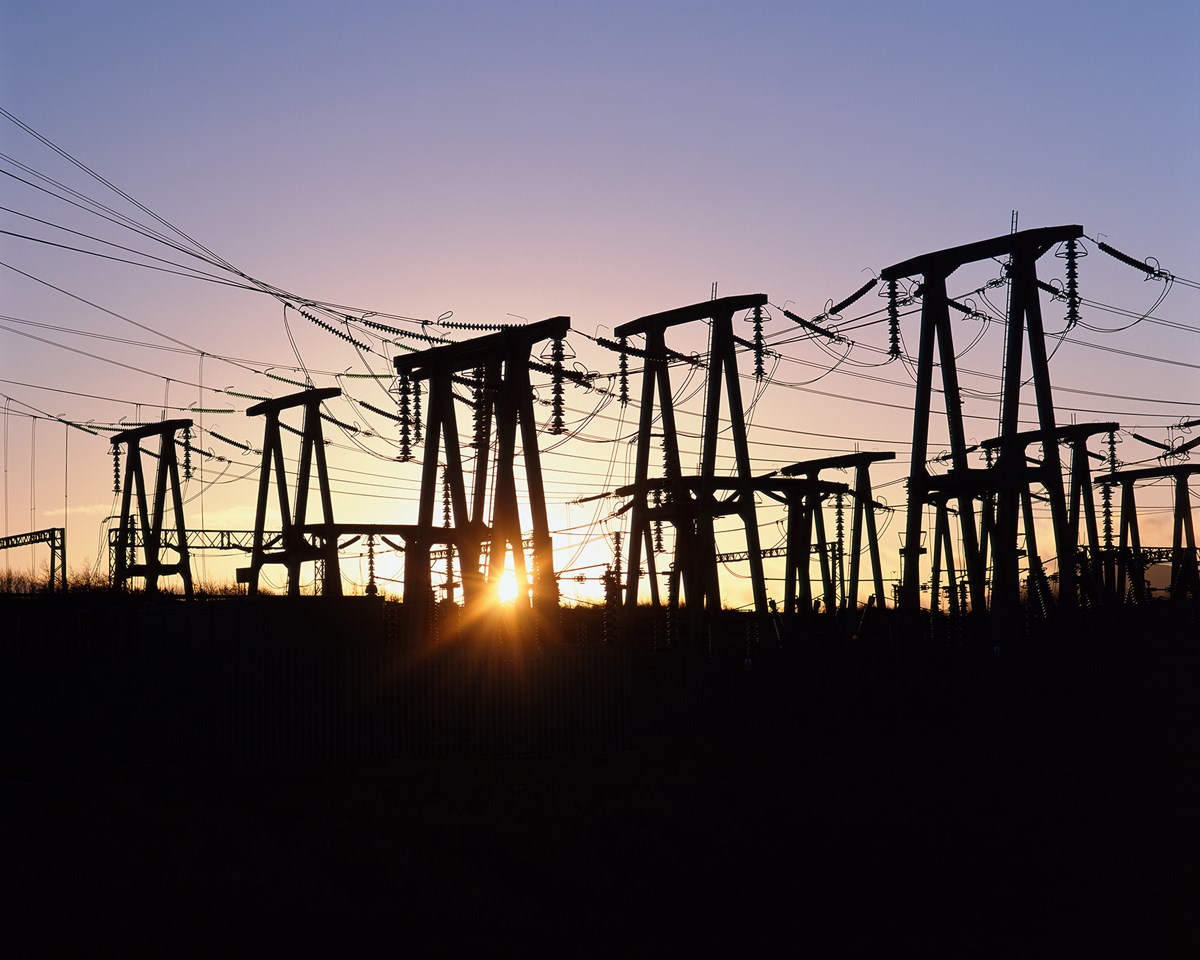Substation Earthing
This intensive three-day course will give you an insight into all aspects of substation earthing for low, medium and high voltage systems (distribution and transmission), to ensure safety, protection and regulatory compliance.
The comprehensive programme includes technical sessions on earthing design and specifications, current standards and regulations, earth grids, resistivity, site areas, conductors, earth rods and GIS, and includes a practical earthing measurement exercise and subsequent data analysis. The speakers have been selected for their extensive industry experience and expertise and throughout the course you will have ample opportunity to discuss issues of interest with them.

Day one
Introduction and Principles of Earthing in LV, MV and HV Systems
- Role, principles and importance of earthing
- Preventing electric shock in LV systems
- Earth faults, fault voltages, EPR and voltage gradient in MV and HV systems
- Impedance in earthing and bonding conductors
- Important criteria for earthing assessment
LV Earth Systems and Earth Terminals
- Earthing requirements for public LV systems
- Earth terminals for supply points in public and private LV cable systems
- Abnormal voltages on LV earth terminals
- Requirement to separate HV and LV earth systems
- Special LV earthing situations
Earth Fault Current and EPR Analysis
- System earthing
- Redial and non-radial systems
- Simplified and rigorous fault current analysis
- Data and accuracy for project and EPR assessments
Introduction to Earth Standards and Company Earthing Policies
- The need for standards and company procedures
- The voltages and environmental impact that occur during an earth fault at a small substation
- Description of safety voltages, limit values and ways they are constrained
- Developments in ENA S34 and 14-24
Introduction to Earthing Design
- Earthing standards; how this guides design practice
- Main design criteria
- Introduction to earth resistance formulae
- Comparison of ways to reduce the earth resistance
Day two
Design of Substation Earthing
- Stages in the design of a LV distribution substation
- Use of standard formulae to investigate design options and check compliance with standards
- Design of the local substation electrode system
- Design of the earthing system for a HV substation
- Exercise in developing the outline electrode design
Measurement Theory
- Earth resistivity
- Earth resistance
Practical Measurement Exercise
- Group exercise undertaking soil resistivity and electrode resistance measurements
Analysis of Measurement Data
- Delegates will use specialist software to gain a derived soil model for design purposes
- Analysis of electrode resistance data to calculate the true resistance of the measured earthing system
Day three
Industrial Site Measurement Case Study
- Undertaking measurements in difficult locations
- Highlight the important issues
- Explanation of procedures
Analysis of Earth Fault Current and EPR in more Complex Network Arrangements
- Network calculation procedures
- Mixed underground and overhead systems and isolated cable sections in overhead lines
- Identifying points of worst case EPR
Example Case Studies and Calculations of EPR and risk effects in Industrial, generation and Public HV and MV Systems
- Generation and industrial sites connected to cable and overhead line systems
- Separation of HV/MV and LV earth systems in high resistivity areas
- LV installations in vicinity of HV equipment with high EPR
Course review
Programme may be subject to amendment
£1295
Course duration 3 Days
Course Location Capenhurst, Chester
18 Hours